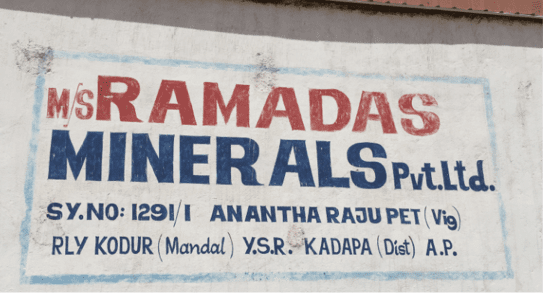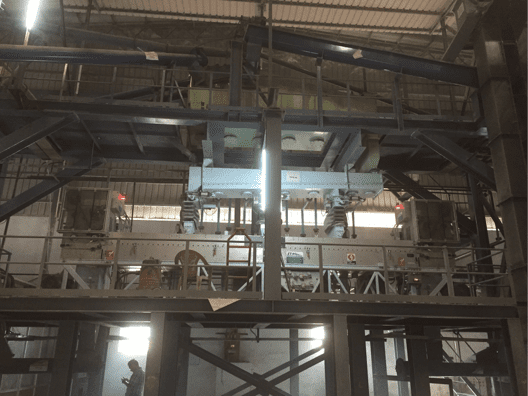Lingwa Agħżel:
Il-barit mit-huwa l-primarja, li jiġru b'mod naturali, minerali tal-barju bbażati fuq. Tal-barju, numru atomiku 56, joħroġ l-isem tagħha mill-Grieg u tfisser tqal. Il-barit mit-hija magħrufa wkoll bħala baryte. Il-pajjiżi primarji li bħalissa jinstabu depożiti kummerċjali ta ' il-barit mit huma l-Istati Uniti, kina, L-Indja u l-Marokk. Il-barit mit-densità għolja u inertness kimiċi jagħmilha xi minerali ideali għal ħafna applikazzjonijiet.
Il-formola kimika għall-il-barit mit huwa BaSO4. Għandha għoli gravità speċifika ta ' l- 4.50 g/cm3. L-ebusija Mohs huwa 3.0 biex 3.5. Il-barit mit, li jistgħu ikunu misjuba f ' varjetà ta ' kuluri inklużi isfar, kannella, Bajda, blu, griż, jew anke colorless, tipikament ikun a vitrużi biex luster nutrijient.
Il-barit mit jistgħu jinstabu flimkien ma ' depożiti minerali metalliċi u pjanëa. Biex ikunu ekonomikament vijabbli għall-estrazzjoni, il-barit mit normalment jeħtieġ li jkun il-materjal predominanti fid-depożitu. It-tipi ta ' depożiti li normalment jinstab jinkludu vina, residwu, u bedded. Depożiti vina u residwu huma ta ' oriġini hydrothermal, filwaqt li d-depożiti bedded huma sedimentarja.
Depożiti kbar fl-Istati Uniti instabu fil-Ġeorġja, Missouri, Nevada u Tennessee. Fil-Kanada, il-minerali tkun ġiet imminat fit-territorju ta ' l-Yukon, Nova Scotia u Newfoundland. Fil-Messiku, il-barit mit depożiti ġew skoperti fl-Hermosillo, Pueblo, Monterrey u Durango.


The overwhelming majority of the barite that is mined is used by the petroleum industry as a weighting material in the formulation of drilling mud. Barite increases the hydrostatic pressure of the drilling mud allowing it to compensate for high-pressure zones experienced during drilling. The softness of the mineral also prevents it from damaging drilling tools during drilling and enables it to serve as a lubricant. The American Petroleum Institute (API) has established specifications for the use of barite in drilling mud.

Dry Barite Beneficiation
STET has both pilot scale and commercial experience processing barite to remove gangue such as silicates, Ħadid, and alumina. Low-grade barite beneficiation with a specific gravity between 3.5 – 4.0 has been successfully upgraded using the STET process to product API-grade barite.
STET can demonstrate that the dry electrostatic separation process offers many advantages over traditional wet processing methods (flotazzjoni) including:
Disrupting a new industry is always a challenge. ST Tagħmir & Technology and Ramadas Minerals Pvt. Ltd. in India understand this challenge well. Ramadas Minerals contacted STET to perform testing of a low grade barite / quartz sample produced at the APMDC barite mine in Andhra Pradesh, india. The material was a low grade tailings product from the mining process. It contained too much silica to be sellable as a high SG barite product, and was being produced in large volumes. What was needed was a process to transform the mining waste to usable product. Wet processing (flotazzjoni) was one alternative technology being considered.
Testing at the STET pilot facility demonstrated excellent separation results for the barite powder. The STET separator was able to achieve the goal of +4.20 SG barite through a single separation step.
The STET separator was fit into the existing building, which was originally designed to house a flotation facility. The STET separator installation resulted in significant savings of space, in relation to the previously designed flotation facility. Barra minn dan, a substantial reduction in capital and operating cost was realized.
Contact STET to learn more about dry processing of barite.